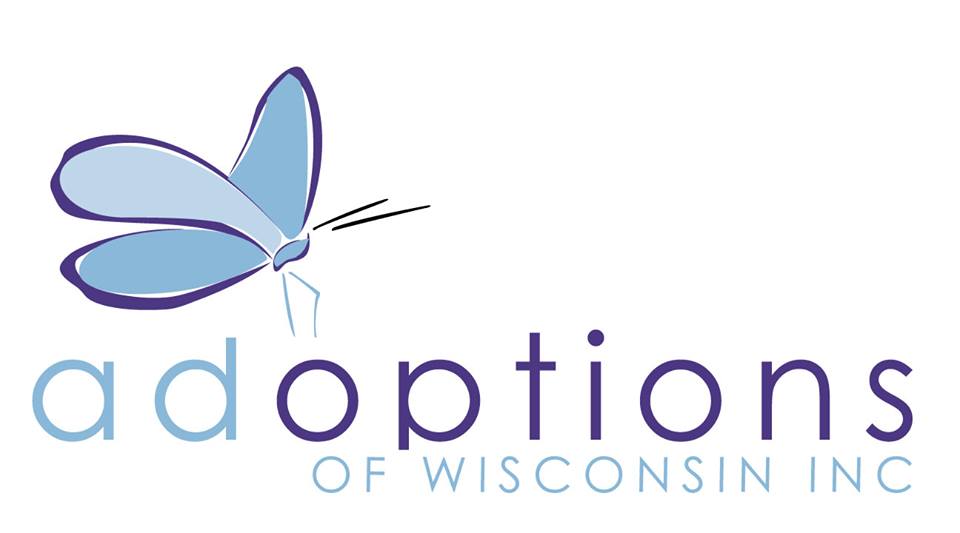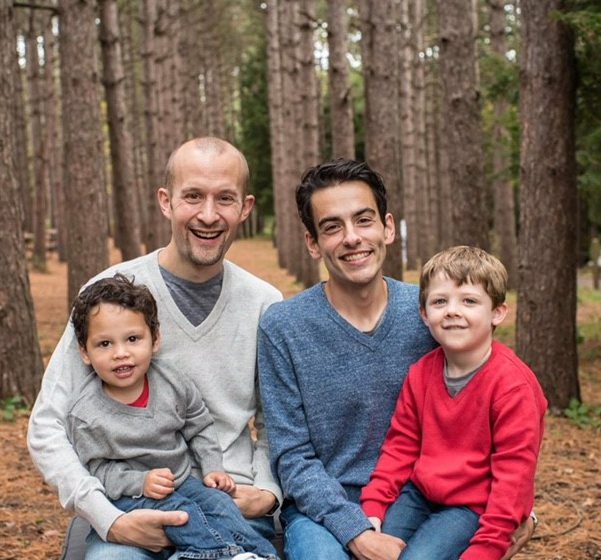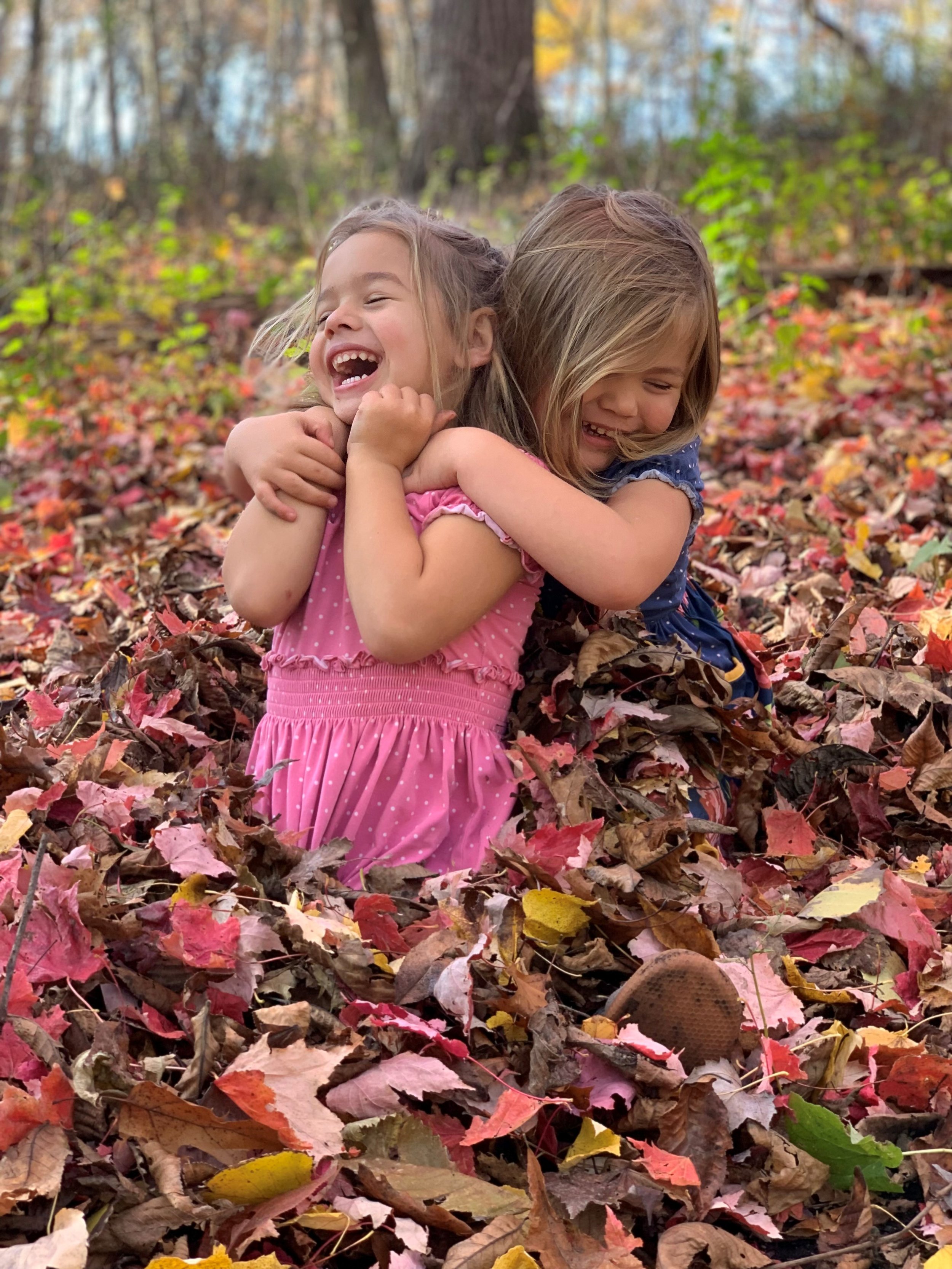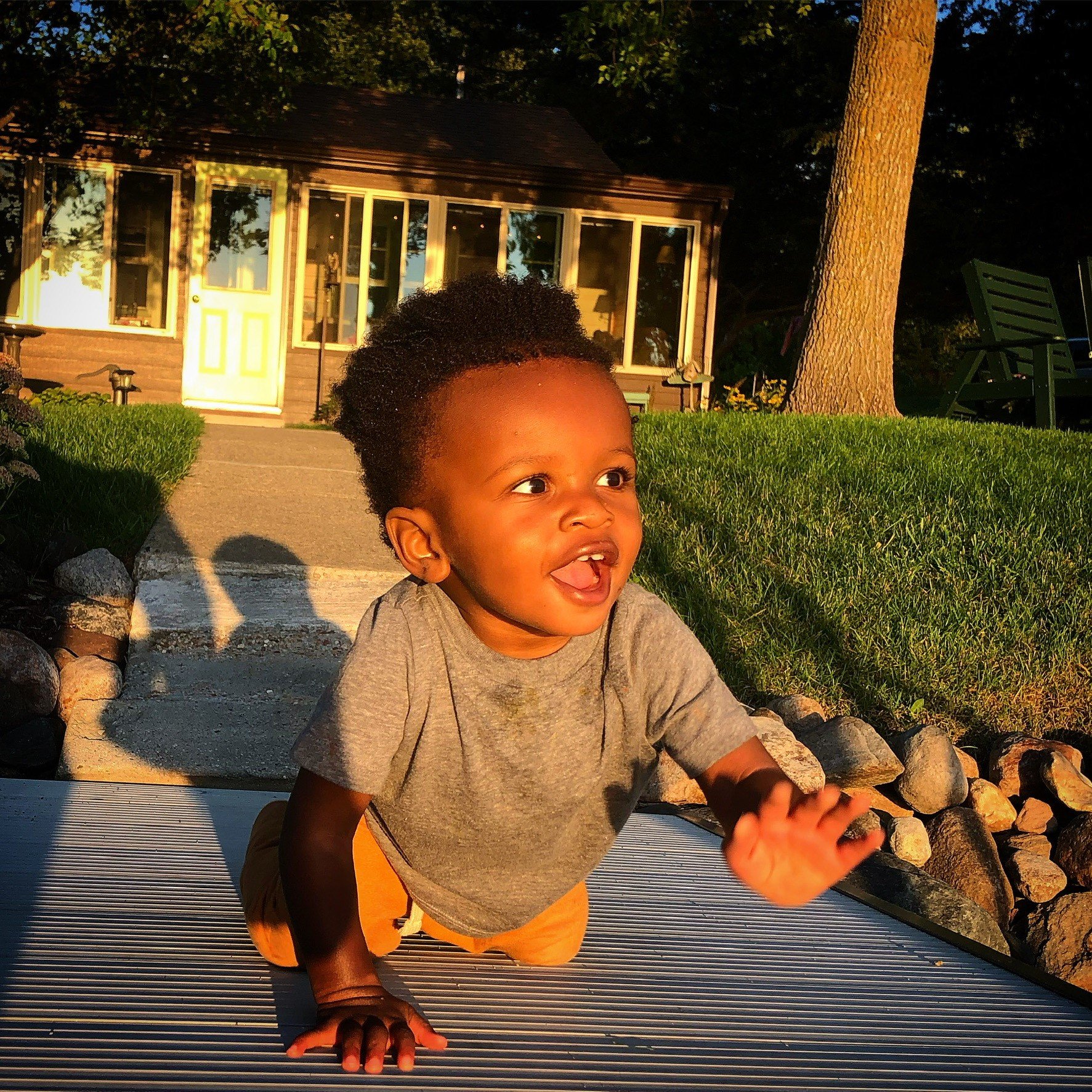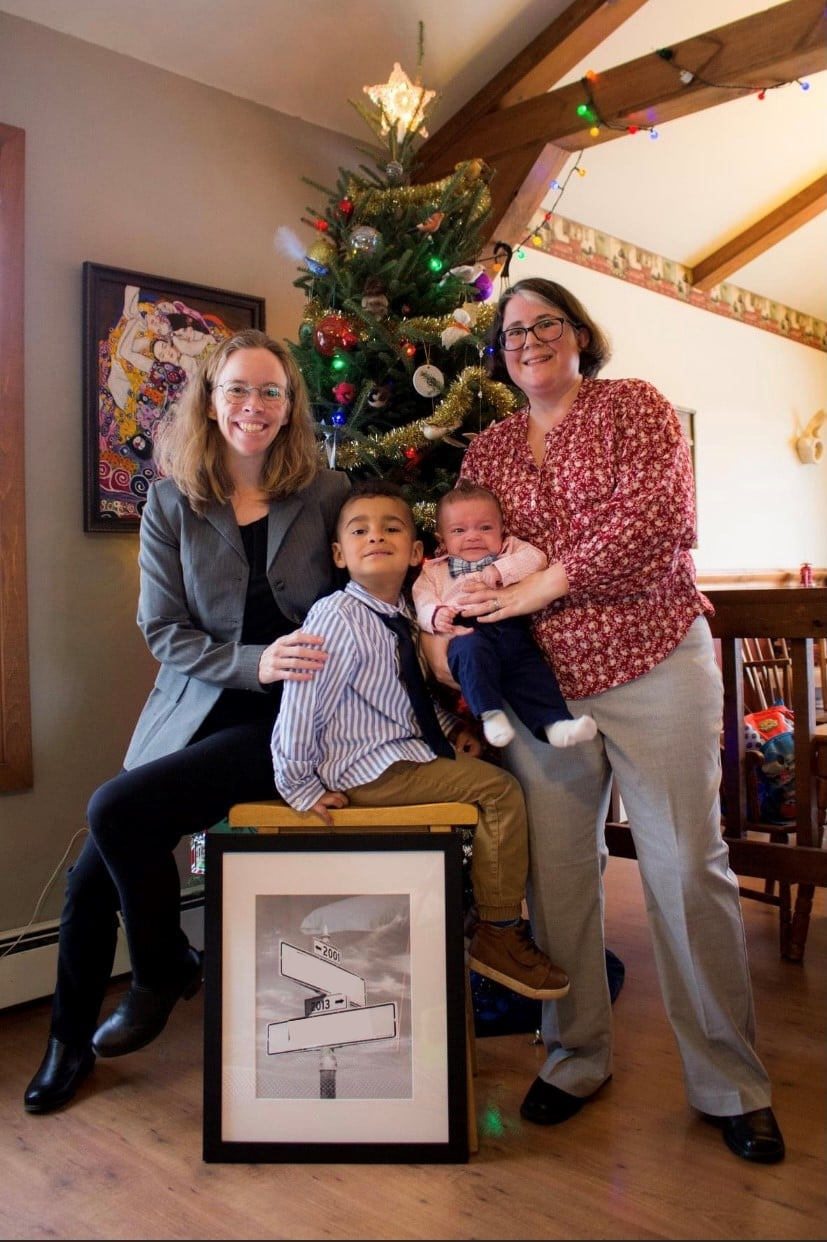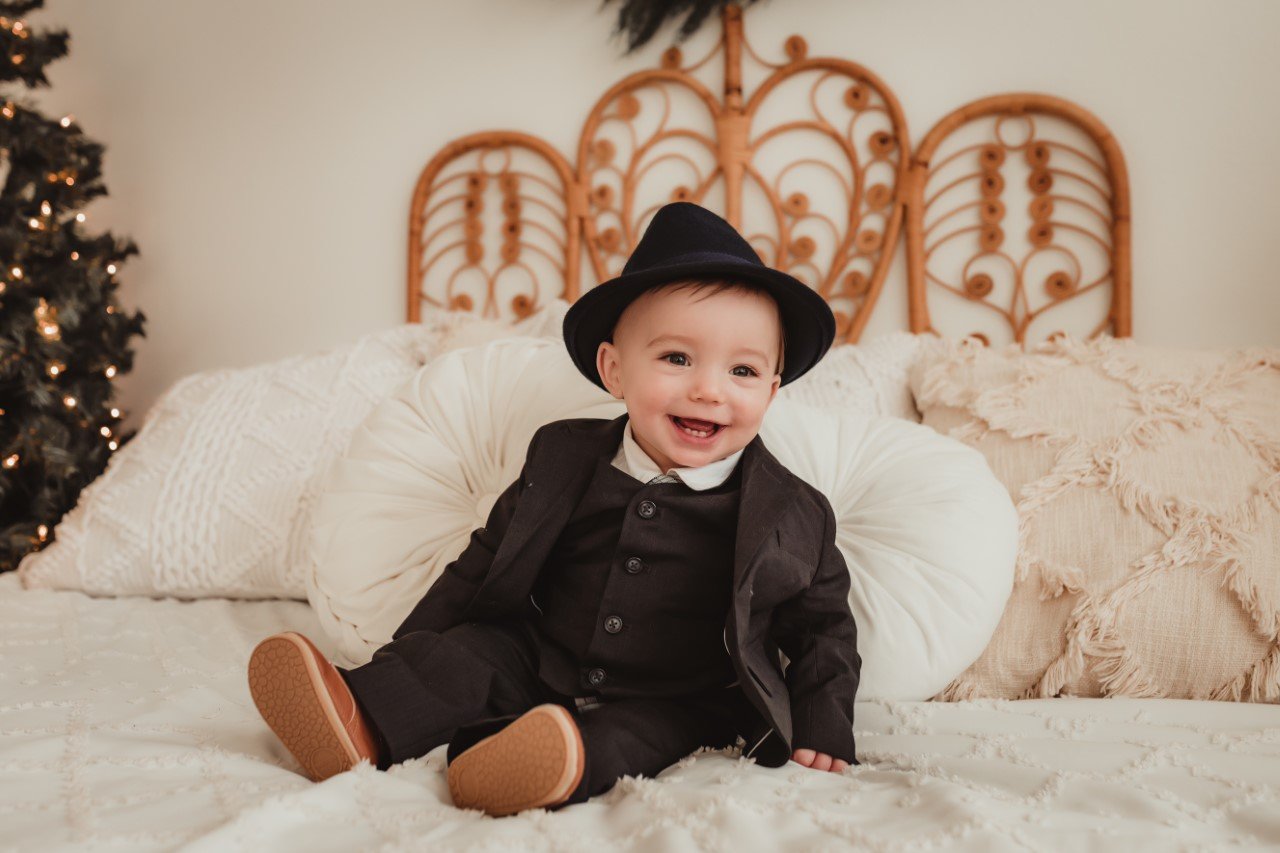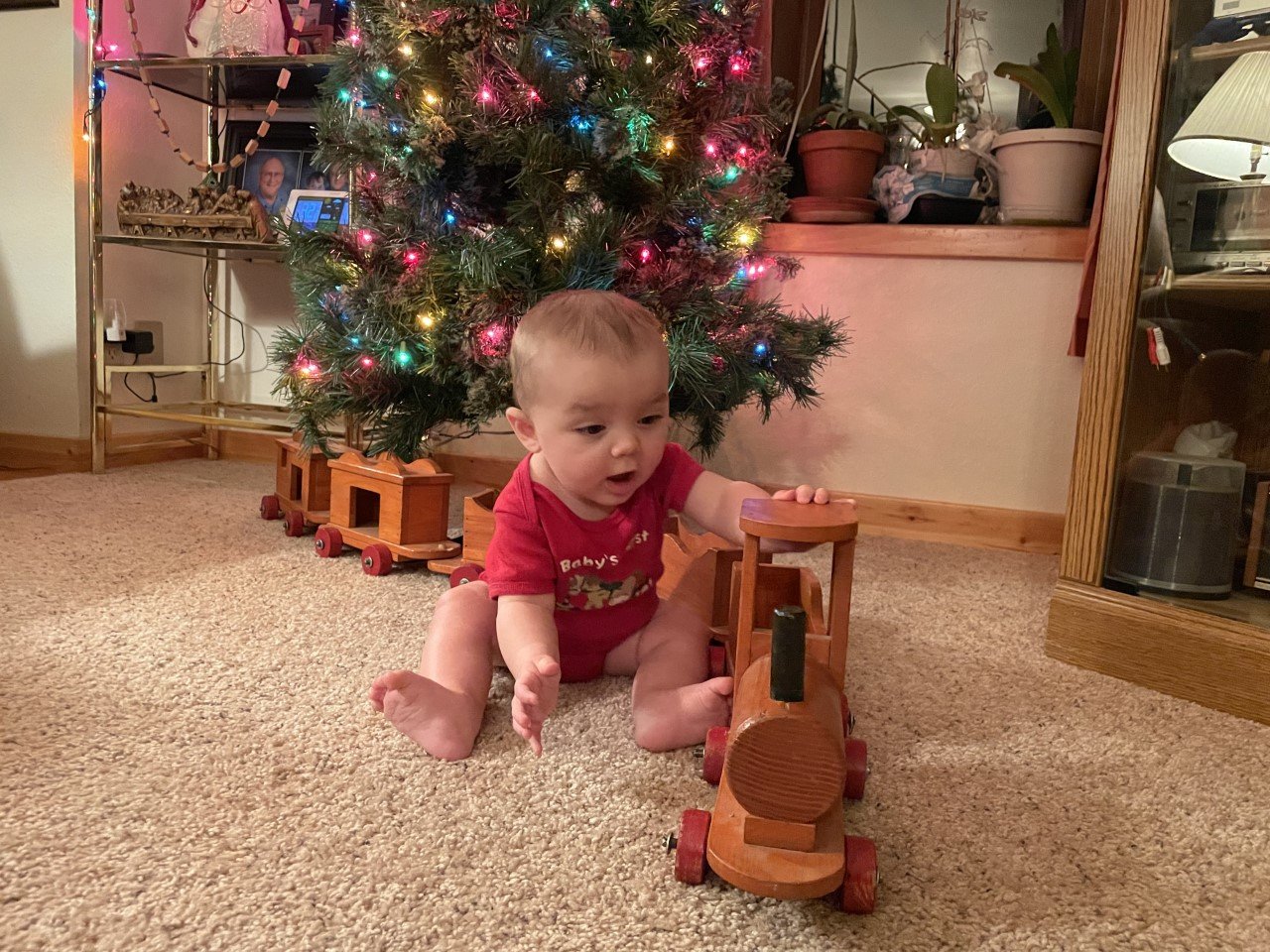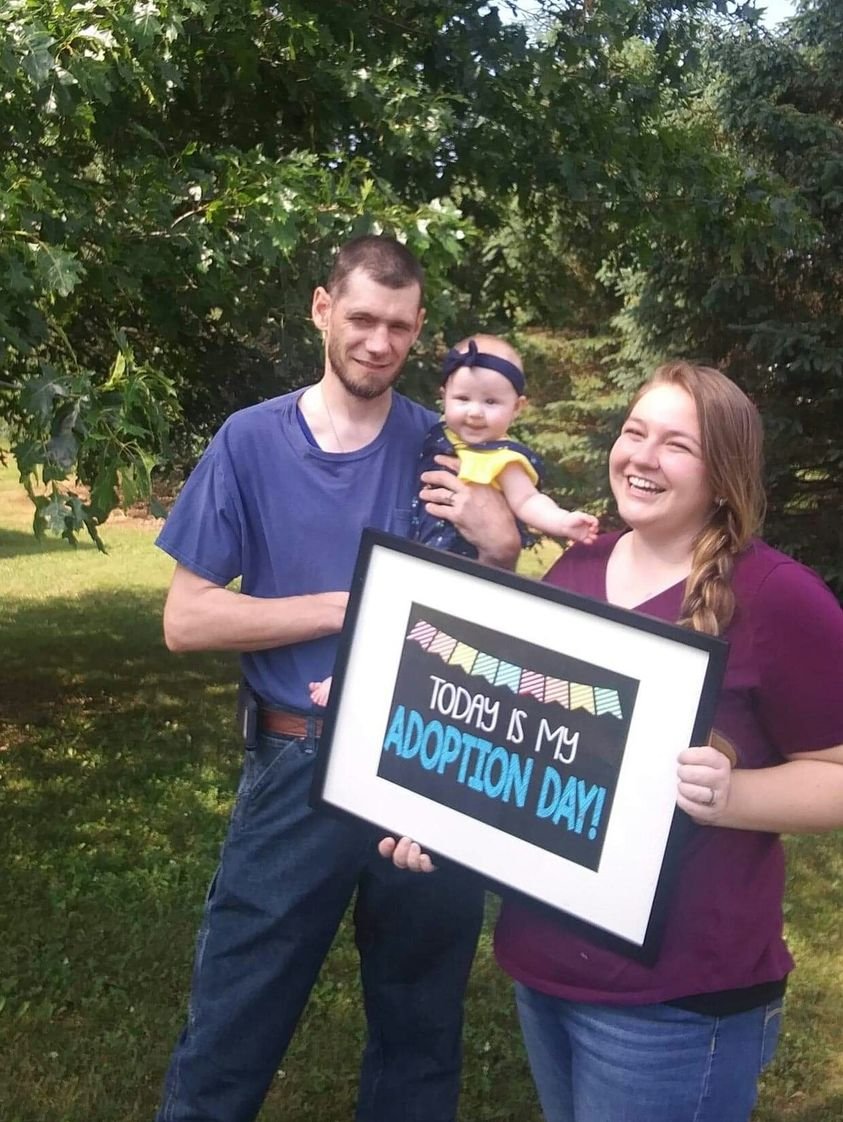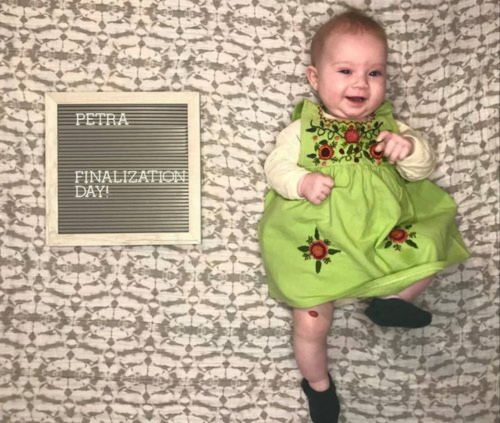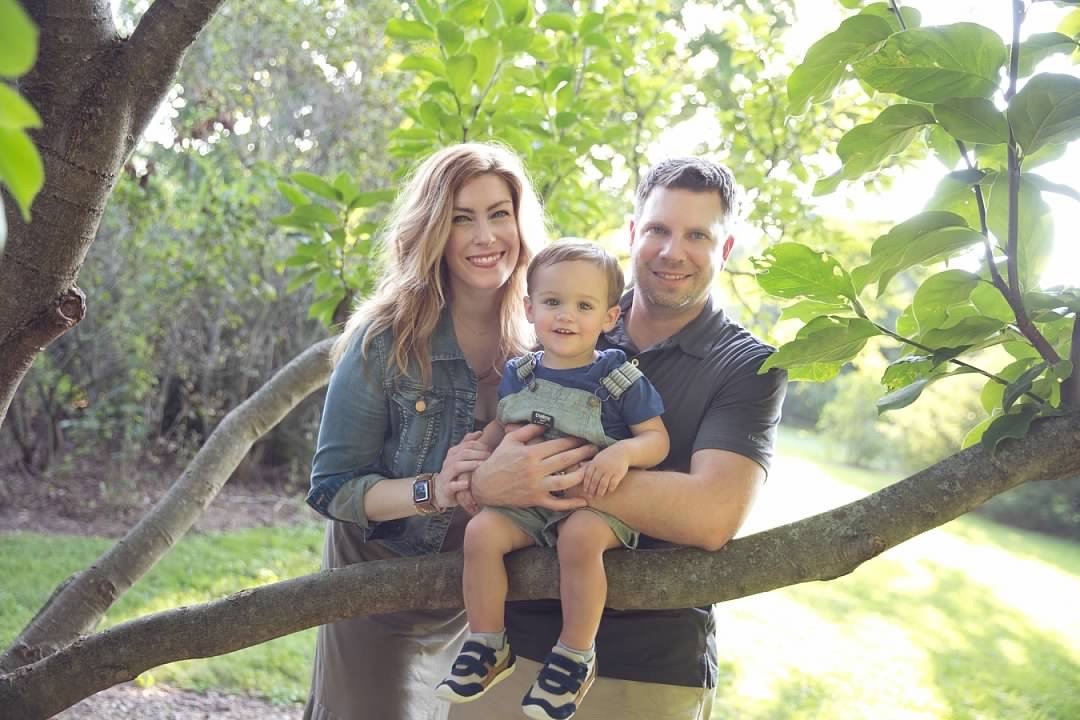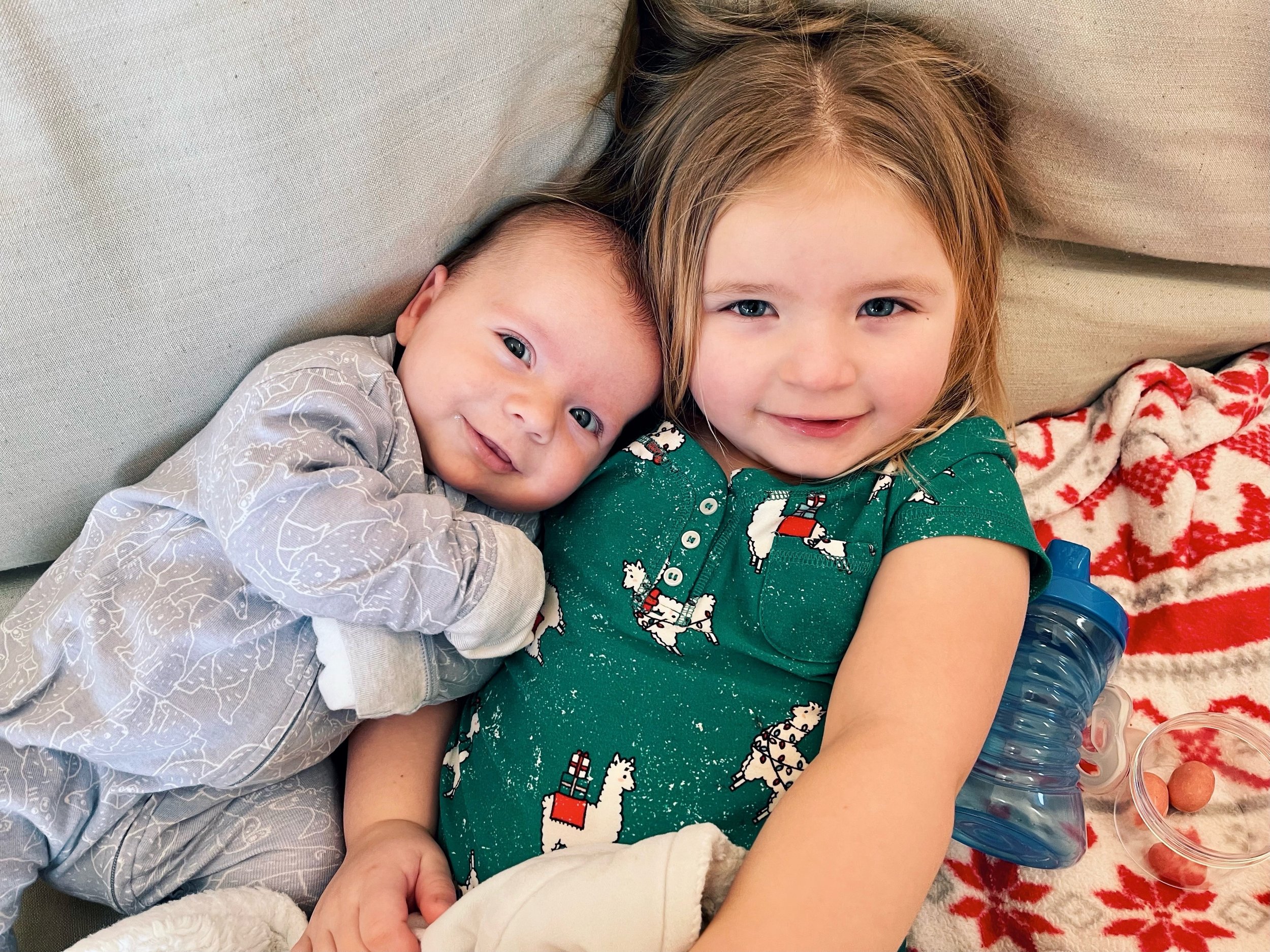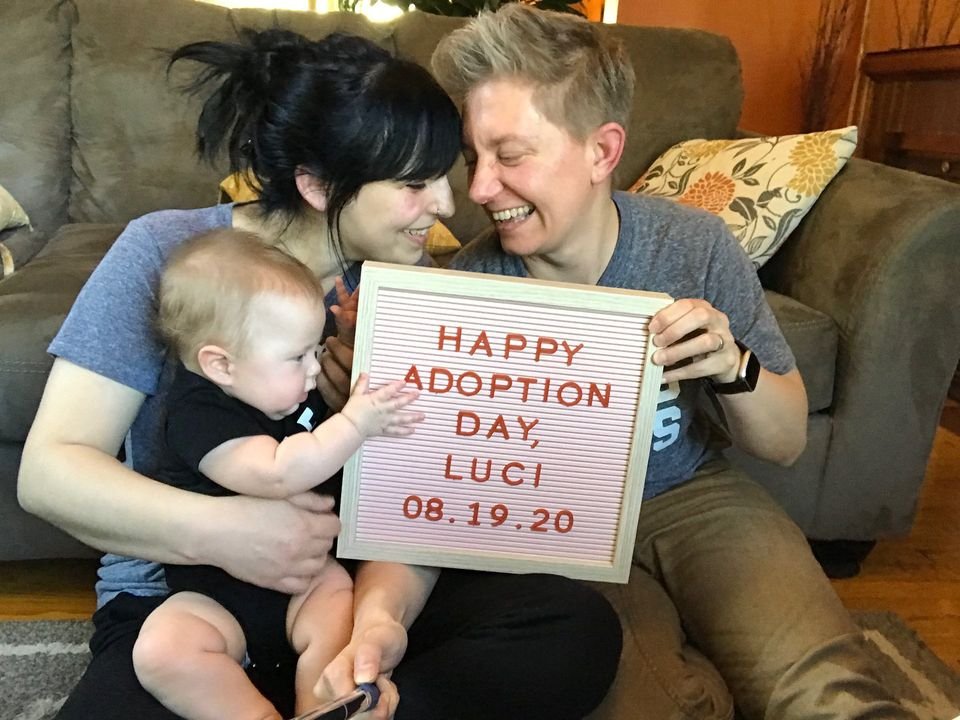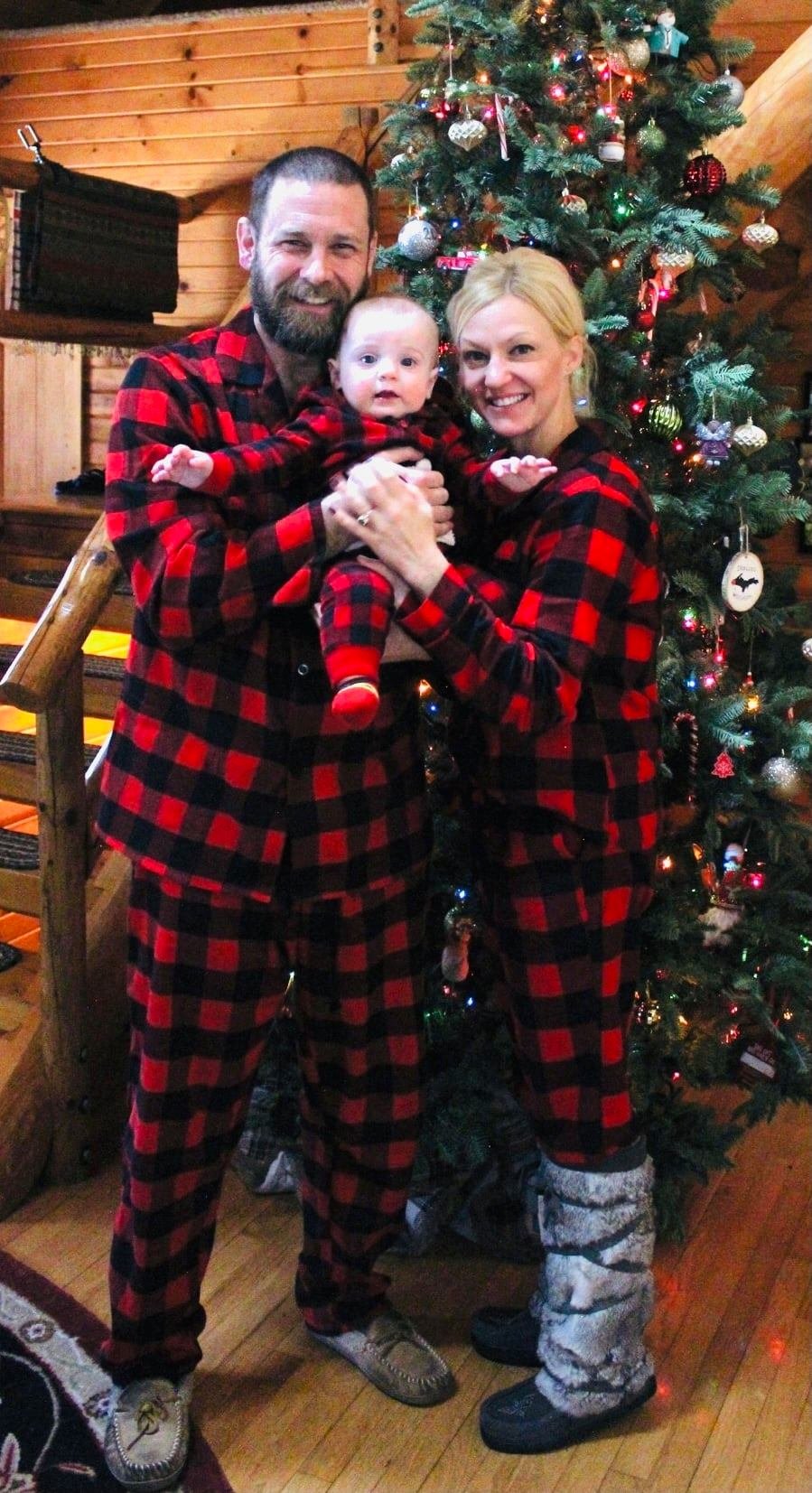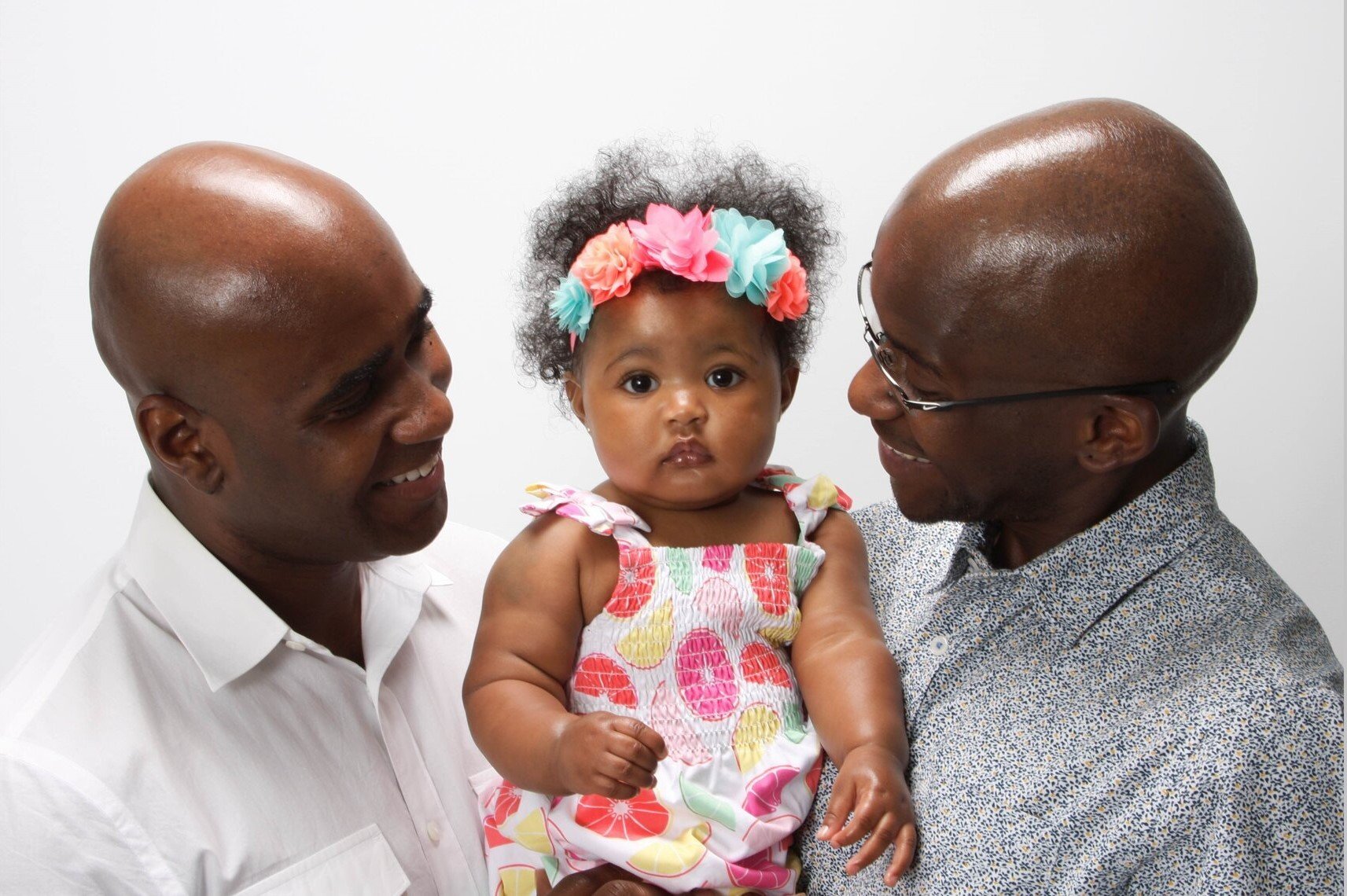Toddler Tips: Baby, It's Cold Outside!
/As the cold weather starts to roll in and activities are primarily limited to the indoors, parents must get a little more creative in keeping their children entertained. Especially in the Midwest, winters can be brutal and sometimes feel seemingly endless for even the most experienced parents. Throw in bad weather or illness to make parenting even more challenging. Those of us who have lived through many winters have learned a few things:
Go outside.
Yes, it’s cold and snowy, but one (or three) short play sessions outside can do wonders for everyone’s moods. If there’s snow, all the better. You can break out the sleds or teach your little one to build a snowman or make a snow angel. If not, it can be fun to visit a favorite playground or go on a dog walk in the winter. Just remember to keep little heads, hands and feet well-covered. Hot cocoa is a bonus when you get home.
Dance.
Sometimes the weather is truly awful, think sleet. Your little one will still benefit from letting off some steam. This is where you can introduce them to your favorite music from back in the day. Dance with your toddler and take advantage of an age where they still think you’re cool.
Arts and crafts.
Give your toddler a roll of aluminum foil (take it out of the package with the sharp edge) and a roll of tape and see what she comes up with. Maybe a helmet, a badge or a ship for a doll.
Enlist your “helper.”
Sometimes it’s easier to just do it yourself, but sometimes it’s more fun to have “help.” Your toddler can help you: fold laundry, dust, pick up his room and, best of all, make cookies. Music helps.
Cuddle.
If toddler or parent is feeling under the weather, let yourself cozy up with your little one with a blanket and a book or watch a movie. Maybe followed by a nap— something you’d both likely enjoy.
And remember, this too shall pass, leaving you with fond memories of playing in the snow, dancing, crafting and cuddling with your child, rather than remembering how long winters can be.
